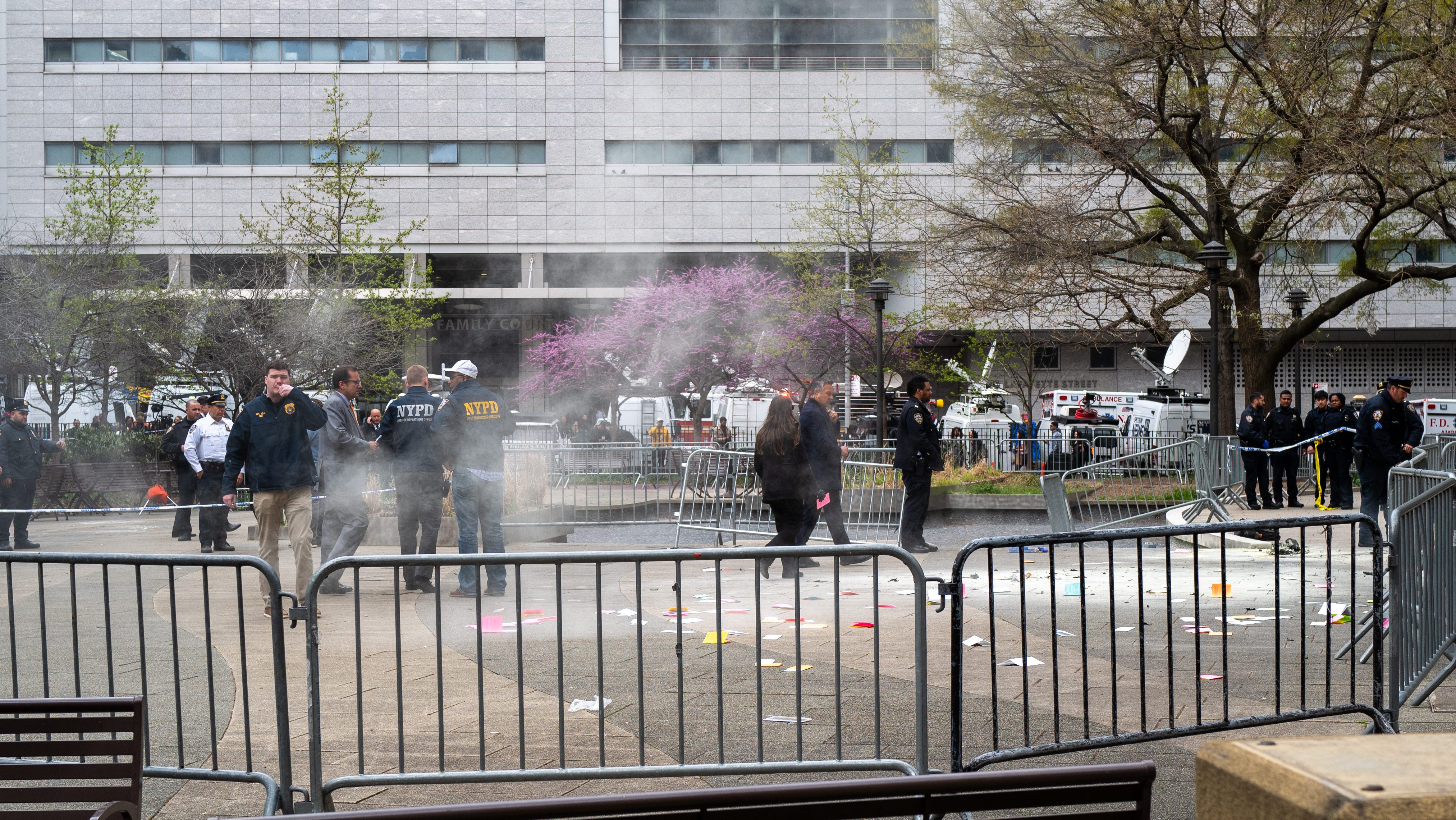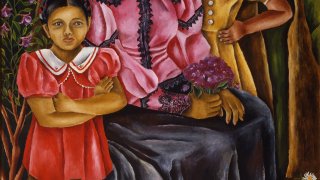
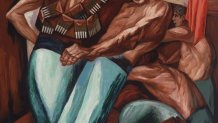
What to Know
- "Vida Americana: Mexican Muralists Remake American Art, 1925-1945," will be composed of around 200 art pieces that illustrate the influence of Mexican artists in revolutionizing the function of art in the U.S. during the interwar period.
- Diego Rivera's "Man at the Crossroads," among other works, will be debuted in the United States for the first time.
- The exhibition runs from Feb. 17 to May 17.
The Whitney Museum of American Art just opened a new exhibition where some never-before-seen Mexican art will debut in the U.S.—one of them being Diego Rivera’s controversial 1934 Rockefeller mural.
"Vida Americana: Mexican Muralists Remake American Art, 1925-1945" will be composed of around 200 art pieces that illustrate the influence of Mexican artists in revolutionizing the function of art in the U.S. during the interwar period, which at the time drew heavily from European standards of aestheticism.
“Artists in the United States began at that point to really struggle to find a voice that would be independent of that,” said lead curator Barbara Haskell. “And when the Mexican muralists sort of came into their midst, they saw an art style that was modern, and yet also national.”
Several works, like José Clemente Orozco’s "Barricade" and Diego Rivera’s "The Uprising," highlight the political and social potential of art in the U.S. after the First World War, which many American artists quickly picked up on.
“It wasn’t just cubism or surrealism—abstract images that really made no difference in the lives of everyday people,” Haskell said. “American artists were searching for a way to connect with the public because during the Depression, the idea that art had a social role became very appealing, that artists really felt that they couldn’t just stay on the sidelines and witness the chaos and economic disparities and injustices.”
News
Both Haskell and assistant curator Marcela Guerrero added that every gallery in the exhibition will juxtapose Mexican art with its American counterpart—a first for the museum.
“That’s why this show is so revolutionary,” said Haskell. “There’s a piece by a Mexican artist and then we’re putting it side-by-side with a U.S. artist—you just don’t need a wall label. It’s just so clear: the stylistic, ideological subject matter connection between the artists.”
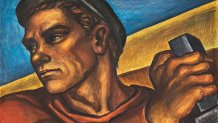
What also makes the exhibition ground-breaking is its inclusion of works like Diego Rivera’s 1934 mural, "Man at the Crossroads," famously destroyed by the Rockefellers for its "anti-capitalist" elements and for heavily deviating from original approved sketches.
Recreated at the Palacio de Bellas Artes in Mexico City by Rivera himself, the mural will be replicated at full scale at the exhibition. Haskell adds that case studies filled with newspaper articles, Rockefeller’s actual letter to Rivera, and other primary documents surrounding the controversy will also accompany it. Guerrero mentioned that this is also a landmark feature of the upcoming show.
“Anecdotally speaking, we had both of the couriers, the people who bring the works from Mexico to make sure that the work is not damaged and that it’s installed in a great way say, ‘We’ve never seen these works together’,” Guerrero said.
But some featured works will not be as critical and will instead detail more optimistic perspectives of the U.S. during one of its lowest points in history.
“We’re going to have a section where we show a 360-degree panoramic photograph in the form of a video of the Detroit Institute of Art—the 4-sided mural that Rivera painted—and that is a story that other U.S. artists were doing, but Rivera did it at such a huge scale, of interpreting the industriousness of the U.S. and the marvels it could make,” Guerrero said.
“As Marcela had said, the idea of America being an industrious power and the people coming together to work together for a common good was something that was also pioneered by the Mexicans,” Haskell added.
Both Guerrero and Haskell expressed their enthusiasm for the exhibition, which has been in the works for the past four years.
“We’re so excited about it,” Haskell said. “It offers such a new perspective on the history of art in the United States and totally recalibrates what happened in those two decades.”
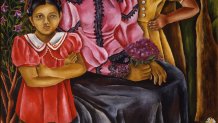
"Vida Americana" also features works from Japan, Argentina, and the United Kingdom and will be on display from Feb. 17 to May 17. Bilingual resources and programs will also be available for Spanish-speaking visitors.

